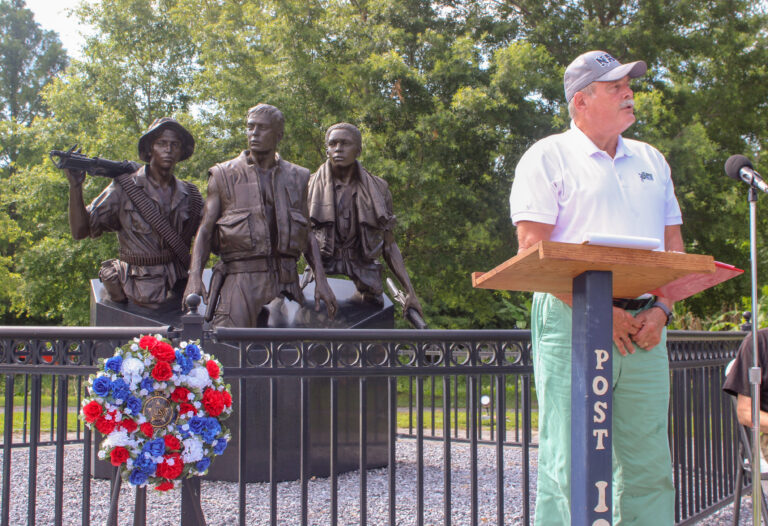Legacy Post Disclaimer
This is a #Legacy post imported from The Apalachicola Time’s previous platform. If you’re experiencing issues with this article, please email us at news@nevespublishing.com.
Franklin County schools to ask for half-cent sales tax in November
Voters in Franklin County appear likely to have the opportunity to decide, at the Nov. 8 ballot, whether to levy a half-cent sales tax that would raise capital outlay monies for the school district for the next 20 years.
By a unanimous vote at their regular monthly meeting Thursday night, the school board approved a resolution to hold the referendum. The resolution now requires the OK of the county commission, and following that likely passage, the supervisor of elections would handle the election.
The board conditioned its resolution on final wording of the ballot measure to be worked out between Superintendent Steve Lanier and the board’s counsel, Jason Breth, of the Tallahassee law firm of Bryant, Miller, Olive.
Board Chairman Stacy Kirvin said that while it was the equivalent of a half-cent sales tax, the ballot measure’s terminology of “a one-half percent” tax could lead to confusion among voters.
If approved, collection of the tax would begin Jan. 1, 2023, and terminate on Dec. 31, 2042. Estimates are the tax would bring in to the district in the neighborhood in excess of $1.2 million annually.
The revenue would be distributed to both the Franklin County Schools and the Apalachicola Bay Charter School, in proportion to their student populations.
“It is in the best interest of the district and its students to acquire, construct, renovate, replace, improve, or equip school facilities and campuses and any land acquisition and land improvement related thereto, safety and security improvements, technology hardware and software, and school buses,” reads the resolution.
The resolution specifies the fixed capital expenditures to be funded by the surtax must have a useful life of at least five years.
The monies could be used to acquire or improve school facilities and campuses, including land acquisition and improvement, and design and engineering costs.
The resolution outlines a wide range of specific uses, including pre-kindergarten classrooms, alternative school, and administrative and vehicle maintenance facilities, as well as replacing or renovating heating and air conditioning systems throughout the district.
Tax revenues could go towards lighting conversion and improvements, paving of parking lots, early childhood remodeling projects, roof repair and maintenance, and additions and upgrades to playground equipment and play areas.
New construction or replacement of athletic fields, track resurfacing, and lighting replacement and upgrades at various athletic facilities could be funded by the surtax revenues.
Safety and security improvements could include fire alarm systems and intrusion alarms, cameras and video surveillance, door lock systems/card access, doors/windows, school check-in management systems, and/or security and data communication systems.
Retrofitting and upgrading technology implementation, of both hardware and software, could be covered, and could encompass network switches and firewall licenses, student Windows-based devices, student Chromebooks, teacher laptops, lab computers, and administration desktops, laptops, and monitors, network security hardware and software, hardware and software for off-site back-ups, classroom panels, cloud-based security cameras, phone system network hardware, and conference and boardroom audio/visual equipment.
The money also could be spent on purchase, lease-purchase, lease, or maintenance of school buses.




Meet the Editor
David Adlerstein, The Apalachicola Times’ digital editor, started with the news outlet in January 2002 as a reporter.
Prior to then, David Adlerstein began as a newspaperman with a small Boston weekly, after graduating magna cum laude from Brandeis University in Waltham, Massachusetts. He later edited the weekly Bellville Times, and as business reporter for the daily Marion Star, both not far from his hometown of Columbus, Ohio.
In 1995, he moved to South Florida, and worked as a business reporter and editor of Medical Business newspaper. In Jan. 2002, he began with the Apalachicola Times, first as reporter and later as editor, and in Oct. 2020, also began editing the Port St. Joe Star.